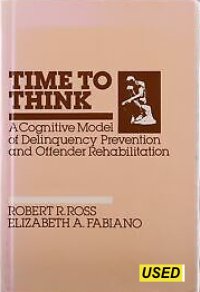American Correctional Association.
The "Proceedings of the One Hundred and Ninth Annual Congress of Correction" compiled by the American Correctional Association offers a comprehensive overview of the discussions, presentations, and findings from this esteemed event.
This authoritative compilation delves into the latest trends, challenges, and innovations within the field of corrections, as discussed by leading experts and practitioners in the industry. Covering a wide array of topics such as rehabilitative programs, prison management, inmate education, and societal reintegration, this publication serves as a valuable resource for anyone involved or interested in the realm of corrections.
With a focus on promoting professionalism, best practices, and advancements in correctional facilities, the "Proceedings" provide valuable insights and thought-provoking insights that are crucial for the ongoing improvement of the criminal justice system.
Whether you are a seasoned corrections professional, a policymaker, a researcher, or simply a concerned citizen, the "Proceedings of the One Hundred and Ninth Annual Congress of Correction" is sure to deepen your understanding of the complexities and nuances associated with the ever-evolving field of corrections.
PHILADELPHIA, PENNSYLVANIA AUGUST 19 - AUGUST 23 1979. 303p.









